The Emergent Movement of Regenerative Cannabis Farmers

Most celebrate this day by consuming large amounts of cannabis in hopes of spending a whole day experiencing this dear plant medicine. The origins of cannabis don’t look anything like the booming cannabis industry in front of us today. Cannabis was never grown by ancient cultures with the goal of “getting high” or “stoned”. It is said that cannabis was originally grown in Asia around 500 BC as a holy medicine. By the time cannabis touched American soils, it got into the hands of the very early colonists who grew it for fiber and textiles.
Today we find Mama Ganja, as I like to call her, to be loved and used by 158.8 million people worldwide – that is more than 3.8% of the world’s population. With legalization passing in states at a quicker rate and dispensaries popping up all over the country, it’s clear this plant medicine is in very high demand (no pun intended, lol).

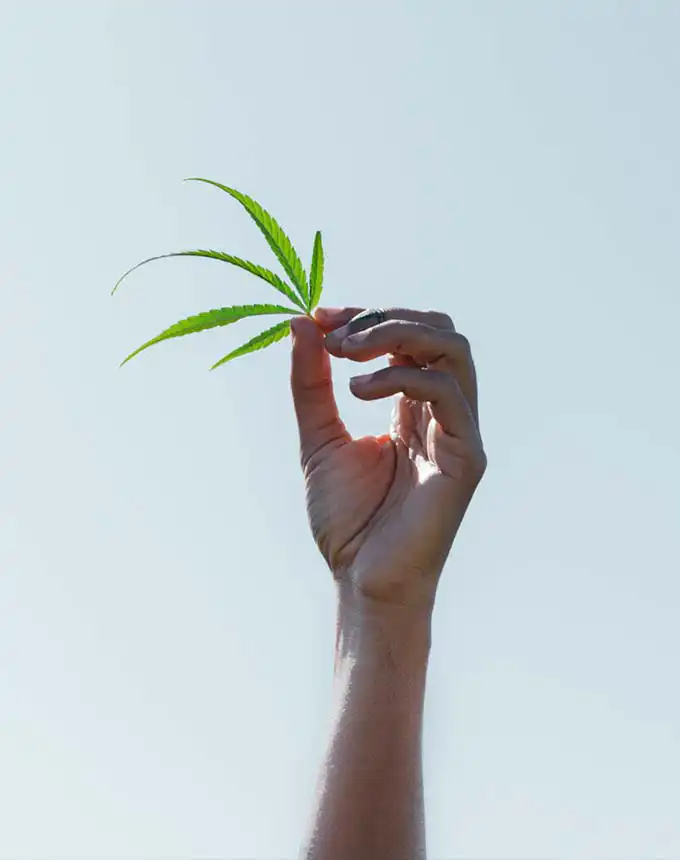
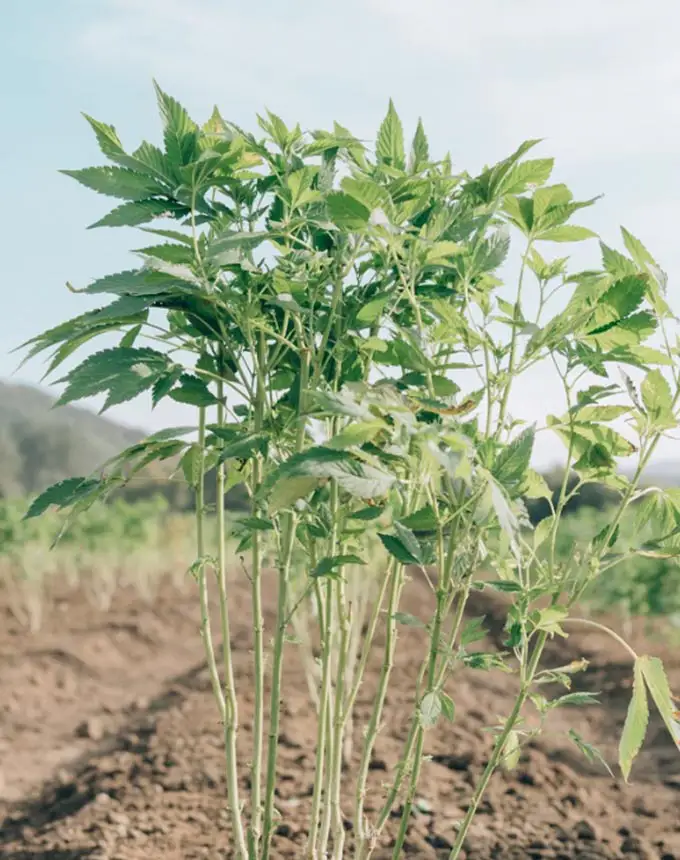
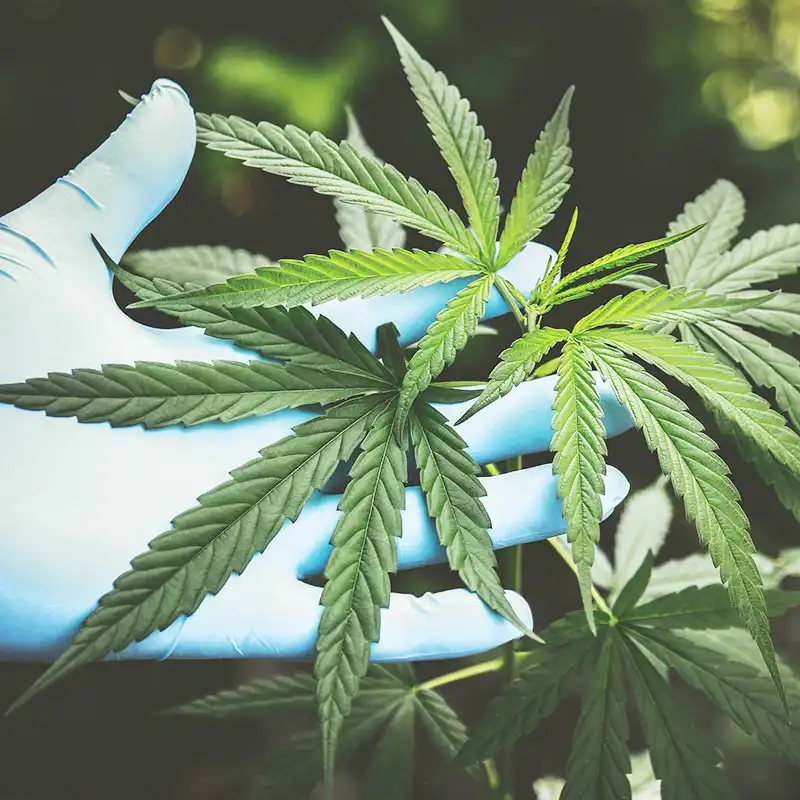
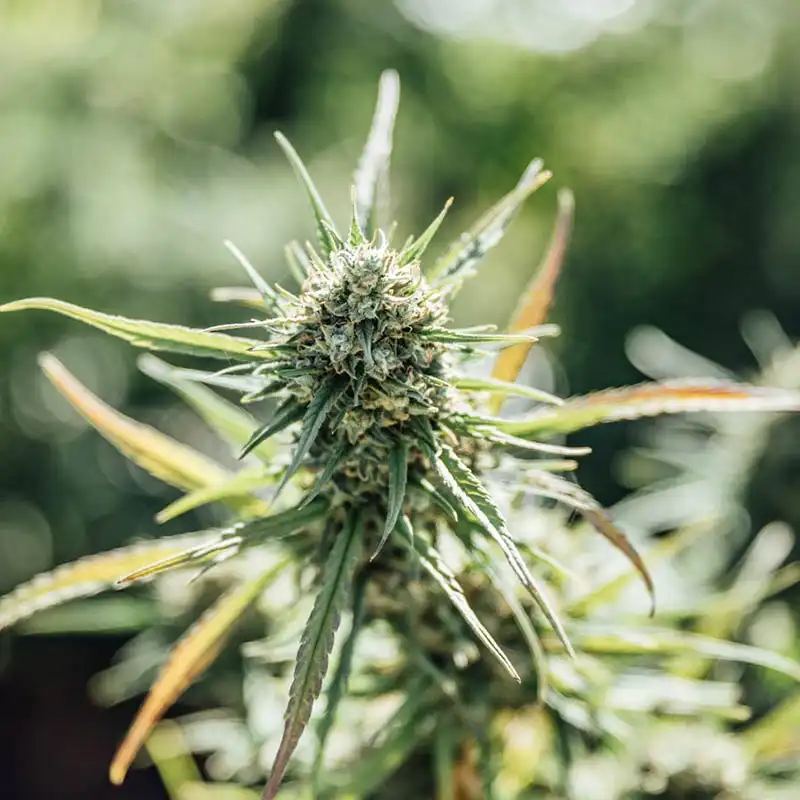
When it comes to Cannabis, there are not only two types of cannabis grown but also two different ways to grow it. As mentioned previously, America started it’s relationship with Cannabis through cultivating what is known as “hemp”, but in today’s growing operations there is another strain present more widely known as “marijuana”. Marijuana is known to have higher levels of Tetrahydrocannabinol (THC) which causes a more intensified “high” or “stoned” feeling. The stronger the amount of THC, the longer the high lasts. Unlike Marijuana, Hemp has very little or no THC at all, which is why from past to present hemp is not ingested but instead used to make clothes, textiles, and more.
Although both Hemp and Marijuana are cultivated here in America, it’s safe to say Marijuana is grown in larger quantities than Hemp due to the high demand. But there has been an ongoing debate about whether the best way to produce these plants is in a curated indoor set up or a more traditional outdoor situation.
To choose an outdoor cannabis operation might seem like the obvious answer, as plants reside and thrive outdoors. In addition to that, it’s been said that cannabis plants reveal their highest potential and medicinal strength under the heat of the warming sun. But today we find that around 33% of cannabis is grown indoors and indoor operations are increasing everyday. Indoor operations have been prioritized for many reasons as,

Indoor spaces also provide security, allowing the growing space to be locked when not in use, aiding in less opportunity for theft. Although indoor cannabis is more expensive to grow and buy, the general consensus around indoor growing is rooted in the way cannabis has been regulated since becoming legalized, “While cannabis legalization in some areas has led to improvements, there are still regulatory challenges that keep cultivation indoors. Unlike other agricultural products, which are usually grown openly in a climate they are best suited for and then shipped to other areas, restrictions around cannabis transportation and sales mean that each state, or sometimes country, needs to produce their own cannabis.”
This means each state and/or country will have a different set of requirements that will need to be met in order for the cannabis to be sold including everything from the amount of mold, to the amount of THC, to the amount of pesticides found will be tested before cannabis can be sold to the general public. Some growers feel cornered by these regulations even though their desire is to grow cannabis outside alongside other life forces.
The Truth About
Indoor Growing
It’s interesting to see cannabis farming move into a controlled indoor environment that mimics what the earth does naturally. One may even find it comical, but above all else, it’s commendable in the sense that cannabis farmers have to consider the intense demands of their distributors. But from a regenerative lens there’s still one big question:
In 2011, Scientist Evan Mills published astounding truths about the indoor cannabis farming industry in the Journal of Energy Policy…
The energy expenditures for indoor cannabis production are $6 billion each year — more than what is spent on energy to make all pharmaceuticals consumed in the US …. indoor cannabis consumes 20 billion kilowatt-hours of electricity annually.
This leaves us with the harsh reality that the plant that is used to heal so many is harming the earth.
Regenerative
Cannabis?
Although the future of cannabis in America seems entrenched in indoor growing spaces, there is a small emergent movement of regenerative cannabis farmers. This movement is growing everyday and working towards applying the same principles of regenerative agriculture to cannabis operations. Their first priorities seem to be to return cannabis plants to their natural habitat, outside. This allows for cannabis to become another crop, another powerful plant that aids in restoring soils. This allows for cannabis growers to explore how the plant can create symbiotic relationships with other living beings. This movement is also questioning how to shift indoor operations into a more sustainable direction, through acquiring better technologies that use less fossil fuels.
It’s clear that right now this movement is small, but with the intense natural disasters becoming common because of climate change, it’s safe to say regenerative cannabis is the future.
In conclusion…
Cannabis policy and environmental policy must be harmonized. Until then, some of the nation’s hardest-earned progress towards climate change solutions is at risk as regulators continue to ignore this industry’s mushrooming carbon footprint.
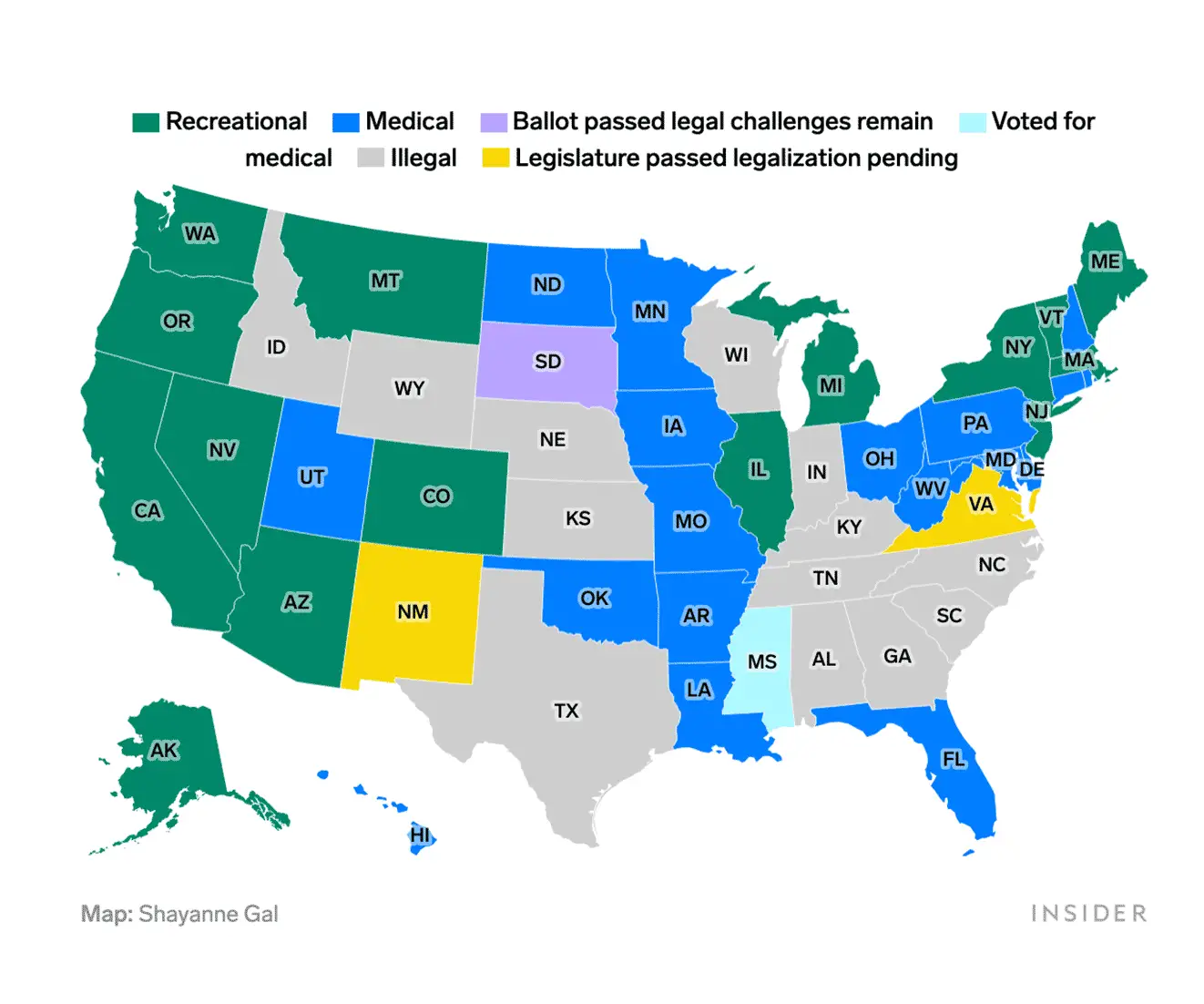

The Regenerative Cannabis Farm Award

Flowerdaze Farm: Multi-Award Winning Regenerative Cannabis Farm

Why Regenerative Farming is the Future of Cannabis Cultivation

A Grower’s Guide to Regenerative Hemp: From Soil to Seed to Sales

